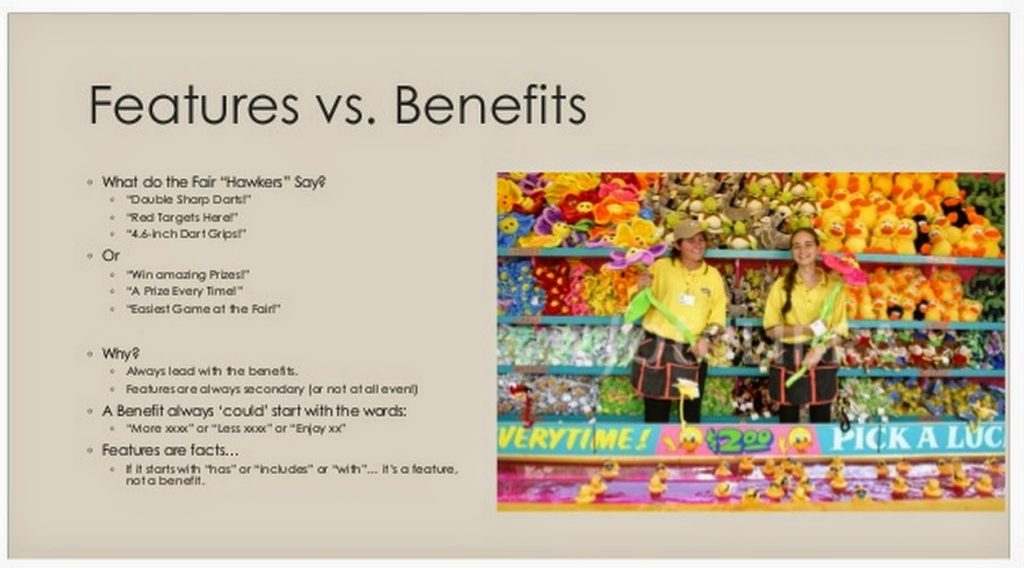Got an idea for a startup? Great! Now, tell me, what problem does it solve?
Got an idea for a startup? Great! Now, tell me, what problem does it solve?
 Progress. That’s a nice word. “We’re making progress…”, says the workers cutting the road through the forest. Then, a wise leader climbs a tree and says “but you’re going the wrong way!”
Progress. That’s a nice word. “We’re making progress…”, says the workers cutting the road through the forest. Then, a wise leader climbs a tree and says “but you’re going the wrong way!”
That’s all fine and good, and a good lean startup does this often. It’s called “Pivot” and it’s central to the Lean Startup concept. But what happens when you just keep pivoting? Aren’t you chasing your tail? Suddenly, you have a road to nowhere, or worse, a road that goes in circles.
This is a TRAP! Your “lean startup” just got into a slowly dieing spiral of doom. Your dream is getting flushed in the toilet because you keep climbing that tree and realizing that you’re going the wrong way!
Here’s an example of the Lean Startup in the Toilet Bowl Trap:
So, how do you get out of this toilet bowl trap?
First, remember, the definition of insanity is doing the same thing expecting different results.
You have to do something different!
In many cases, the problem is not ‘your product’ or ‘your idea’, but the marketing instead!
Instead of constantly pivoting on “product” you might need to pivot on some of the other 4 P’s of Marketing:
Otaku is a Japanese term, now used throughout the marketing world, to mean a person or group of people obsessed with a particular topic/problem/or interest. Recently, I was astonished to learn that there is an Otaku group who are obsessed with a specific kind of ice – nugget ice. I learned this from doing a deep analysis of what causes IndieGogo campaigns to succeed or fail. You see, there is an Opal Ice Maker, which does 1 thing ~ makes nugget ice ~ that recently raised $2.5 Million dollars on indiegogo. And this got me thinking….
Ever had a product idea and wondered if it was any good? Whether you are an engineer, an MBA, or a stay-at-home mom, these 5 tips will help you answer definitively whether your idea is good… or not!
I don’t mean build one then sell one.. I mean sell one!
The best way to know if your product idea is good, and the TOP TIP to know for sure if your idea is good is to PRE-SELL it!
Literally, setup a 2 page website where page 1 introduces the product, page 2 accepts a pre-order. If you can get a few pre-orders, go ahead a build *a few*…
You could also do this with Kickstarter or Indiegogo, but those services expect bigger ideas and a real budget for video/marketing/etc. Instead take the money you make on the first few orders to build some…. then build a few more… once you’ve sold 100, go ahead, do your kickstarter!
Good luck!
Go out and SELL! Sales is the only way to know if your product ideas is good or not.
Now, back to my Smart Watch idea….
I greatly enjoyed CES 2015… Perhaps most of all, the startup corridore (some of which was sponsored by indiegogo.com ). However startups, big and small, seemed to fail at several key marketing elements. Here are some of my favorite marketing fails from CES 2015.
What is this selling exactly?
The old adage that “if you build it, they will come” is usually considered very bad marketing advice. In recent times, however, I actually think it has become Good advice, especially if reworded just slightly…
I hope you enjoyed my talk this year at the Captivate Conference on Marketing for Start-ups (and specifically game startups).
Here are my slides from the talk, and as always feel free to connect with me on LinkedIn (see sidebar) or Twitter ( @harlanbeverly ).
Comments, email, and feedback welcome.
Slides Follow:
All of marketing should be about results! When you are a startup this is even more important, because you have no money to waste on “brand”… you certainly don’t have the time to waste. Harlan T. Beverly, 3-time Start-up Founder & CEO, will present a 7-Step process to create an effective Results-based “marketing engine” that will drive results for your startup. Harlan will give specific examples from marketing campaigns he has created from: Bigfoot Networks, Harlan’s video game hardware company, Night Owl Games, where Harlan developed marketing that attracted more than 1,000,000 players, INGZ games, where Harlan created marketing campaigns to drive users to install mobile games, and Key Ingredient, where Harlan is currently CEO and drives 3,000,000+ visitors/month to http://www.keyingredient.com
Dear Engineers and Other People who Think Logically,
Here is how to “do” Facebook Marketing. It’s pretty simple, and it also explains the fundamentals of Marketing.
The analogy I use in the presentation is that of a Fair or Carnival… it’s a good analogy, use it forever to explain marketing. Imagine yourself selling a product or service (cotton candy or a carnival game) on the streets of a Fair! How can you be successful?
See the presentation to learn: How to DO Marketing on Facebook. How to use Facebook Insights (e.g. Facebook Analytics).
Enjoy!

Today I got to present to The University of Texas Austin Technology Incubator SEAL program. This is my favorite presentation to give: Sales & Marketing for Startups. It was a lot of fun as always, and my favorite part was yelling at one of the attendees that he should NOT buy my Nissan Minivan!
Why would I do that? Because (in my fictional example) he has 4 teenagers and I am NOT a slimy car-salesman… this minivan (fictional) will NOT fit his teenagers! He should go to Toyota instead.
Remember, true sales-people are NEVER slimy. They always want to sell ONLY if the sale will create value… e.g. that the price is lower than the value that the product/service delivers AND that it solves the problem you are trying to solve.
So buy Toyota….
Anyways, here are the slides from my talk… I greatly enjoyed it and love almost any opportunity to talk about Sales & Marketing for startups (or non-startups).
Feel free to contact me @harlanbeverly
Get Harlan's excellent reference book on how to create a startup and make it successful:
 Navigating Your Way to Startup Success
Navigating Your Way to Startup Success

Copyright (c) 2017 - Harlan T. Beverly, All Rights Reserved